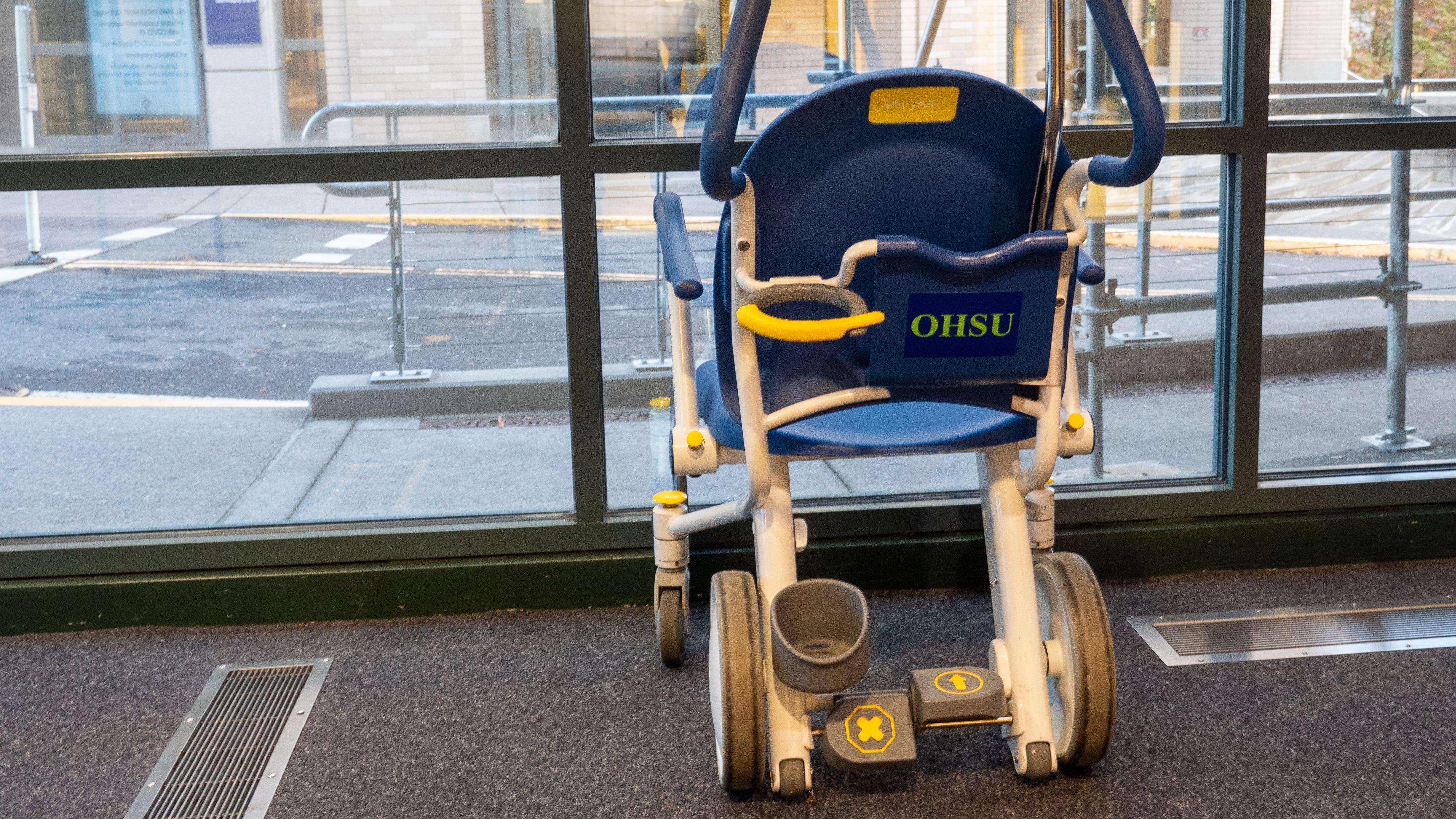Another casualty of the budget cuts at Oregon Health & Science University? “Non-allopathic integrative medicine services.”
In less technical terms, that means that OHSU will no longer offer chiropractic care, massage, acupuncture or Rolfing starting next year, according to an email announcing the cuts obtained by WW. Those services are provided to patients at OHSU’s Comprehensive Pain Center.
“This decision was extraordinarily difficult,” Dr. Stephen Robinson, chair of anesthesiology and perioperative medicine in the OHSU School of Medicine, said in an email to staff. “We have been working with OHSU executive leaders to review all aspects of our pain center. Despite our best efforts to avoid program changes, today’s unprecedented financial environment means we can no longer support the full scope of services.”
Alternative pain therapies became a crucial tool in the middle of the last decade, when misuse of opioids prompted many providers to stop prescribing those painkillers, even to people suffering chronic pain. To combat addiction but still help pain sufferers, the Oregon Health Authority launched its “Opioid Initiative” in 2015. Guiding patients toward non-opioid pain treatment was one of its central goals.
OHSU opened a new pain clinic in its Center for Health & Healing in 2016, according to its website, where it offered massage and other treatments to patients. Many patients on Medicaid get acupuncture and chiropractic care there and at clinics in Beaverton, a person familiar with the matter said. They must seek new providers starting in January, the person said.
As a result of the cuts to services, about 17 massage therapists, Rolfers and chiropractors will lose their jobs, the person said. OHSU is in the process of cutting some 500 positions through a “strategic alignment” because of budget shortfalls. The academic medical center is trying to get its financial house in order before it merges with Legacy Health, another hospital system that is struggling to cover rising costs in the wake of the COVID-19 pandemic.
“There is still a lot of work to be done as we navigate this program change,” Robinson said in his email. “We met with the clinic faculty and staff yesterday evening, and will soon begin notifying patients and referring practitioners, as well as the broader OHSU community. Our goal is to continue to support our integrative medicine team through this change, to be transparent with the community and to help patients navigate the process.”
The Comprehensive Pain Center is making “programmatic changes to focus on its core mission of providing the complex and specialty care that Oregonians can’t get anywhere else in the region,” OHSU spokeswoman Sara Hottman said in an email. “These ongoing efforts will support the long-term financial sustainability of the institution through financial challenges driven by workforce needs and fallout from the global pandemic.”

